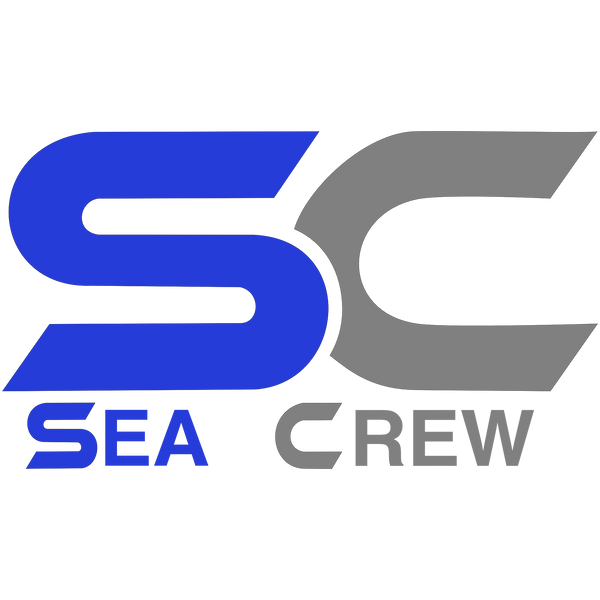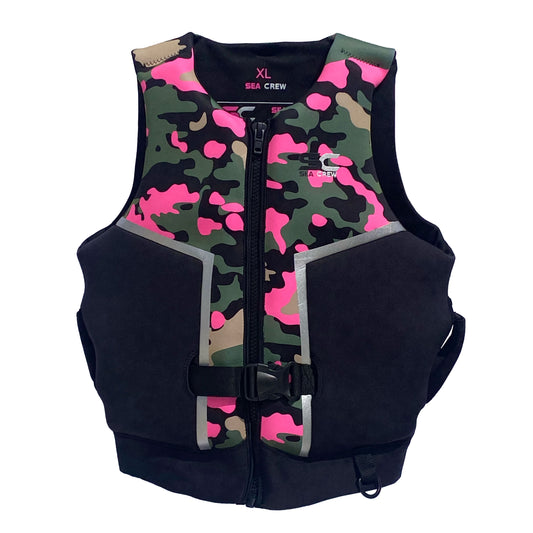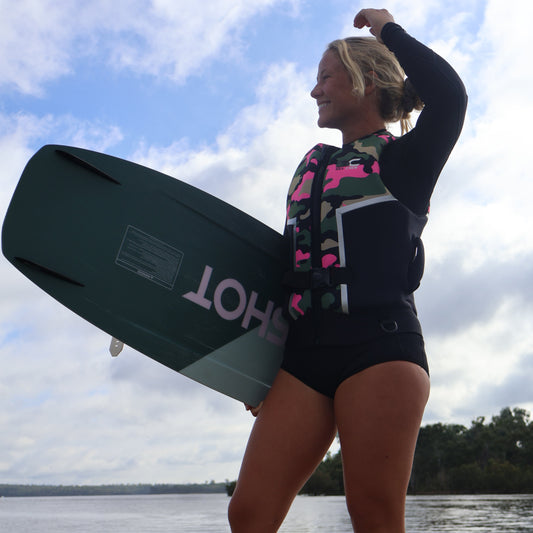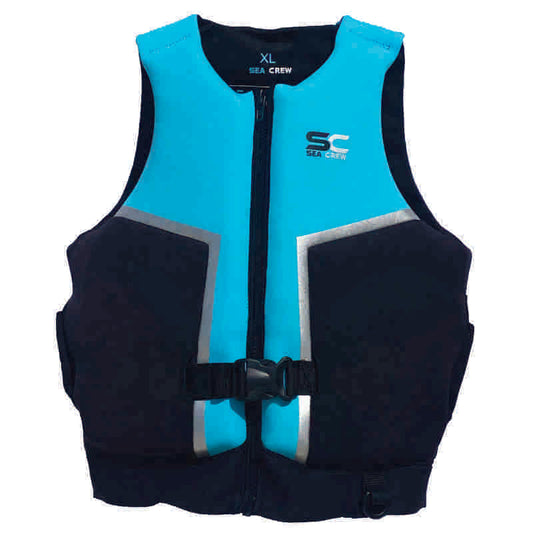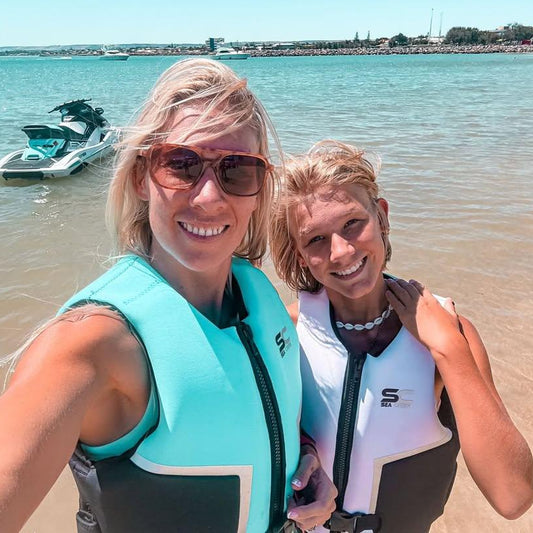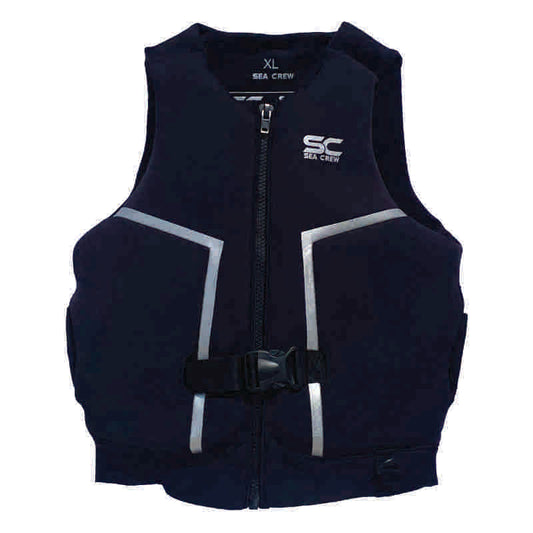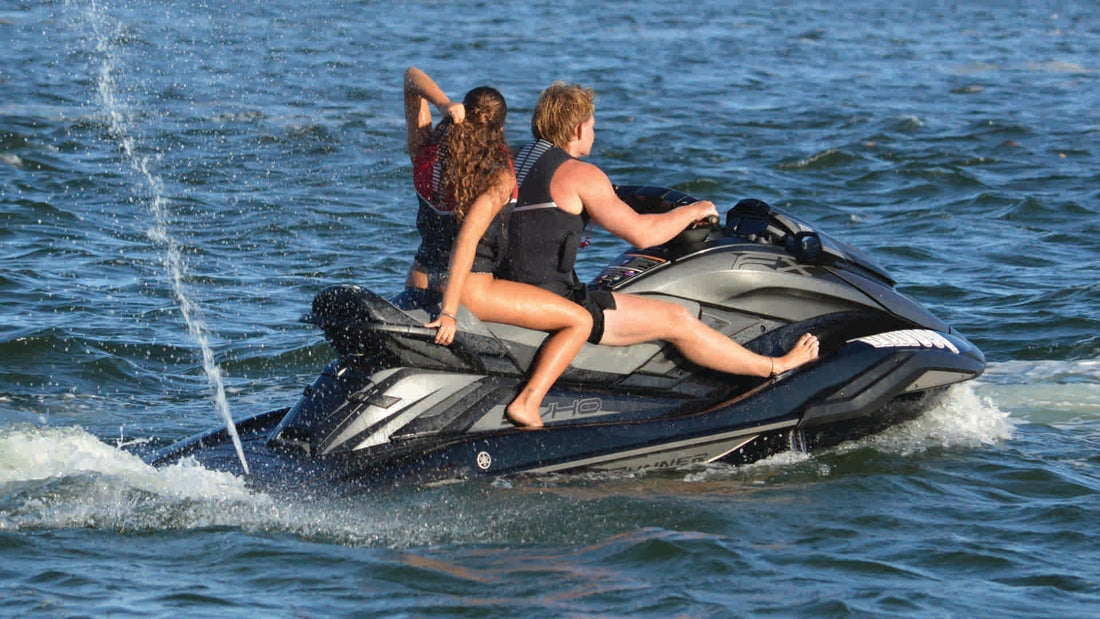
The Jet Ski Fuel Usage Guide for 2025
Nobody likes their fun day out coming to a sudden stop, and floating around with a dead engine, all because they mis-calculated their fuel supply. If you’ve wondered how far you can go on a full tank, or how much fuel you need to carry, we have researched the fuel consumption of most skis, and created some charts for you - based on jet ski model, tank size and fuel consumption figures.
Some ways to look at your fuel consumption would be (LPH) Litres Per Hour and (KmPH) Kilometres Per Hour. The biggest contributing factors are Best Cruise Speed and (WOT) Wide Open Throttle. Some other conditions that will also increase your fuel usage for your ski, are wind, current, and wave height.
If you had a full tank of fuel and were to hold the throttle wide open and not let go, you would only be able to ride your ski for-
- SeaDoo Spark - 3.3 hrs
- Yamaha EX - 1.7 hrs
- Kawasaki STX - 1.2 hrs
- Yamaha FX SVHO 0.9 hrs
- Kawasaki Ultra 310R 0.9 hrs
- SeaDoo RXT-X 0.6 hrs
If you have a SeaDoo RXT-X and plan to go for a ride to a nice spot and go for a snorkel, and the weather is awesome. You pull the trigger and make it to your dream spot in record time. Well you might be swimming home in your life jacket, because half an hour of riding, and you only have 6 more minutes of fuel left.
So allowing for a reasonable speed, you can use the following tables as a guide. Use it as a starting point, and always err on the side of caution. Start keeping some records about how you ride, and the fuel used, and if these guides were close enough for your riding style and locations.

At Sea Crew we love testing our life jackets and other accessories on the water, and the longer the ride the better. We find the best way to work out the fuel used for your jet ski is the equation of distance out and back divided by litres per km. ([Km + Km] ÷ Consumption). You can always check nautical charts on line, or even use google earth, to create a path for your trip and get the distance. You also need to also include your return trip. Therefore generally multiply the trip by 2, unless you are taking a detour or different route. Use the distance now, divided by the fuel consumption figure ie -
60km + 60km =120km.
120km ÷1.8km/l (for a Yamaha SVHO)
= 66 litres fuel.
This would be just barely do-able with the standard 70 fuel tank, but I would definitely carry some spare fuel to be safe.

If you want to be confident going for longer rides, the best approach is to keep a detailed record of some shorter rides. Keep your total distance to under 100km for your first rides and be easy on the average throttle use. Keep a log recording -
- Your type of ride
- Weather & Sea State
- Distance
- and Fuel usage
You can then use this data to calculate how much fuel you need to carry with you when you are venturing out more than a total distance of 100km. You may be able to take advantage of refueling on the water as well. We have a guide to getting fuel on the water for South East Qld. If you are outside this area, you should be able to get some more information with a google search. If you are needing to check the weather and not sure which apps to use, we have a guide to the best jet ski weather apps available.
We hope this guide helps you explore a bit further from home. Remember to be safe, and let people know where you are going, carry the correct safety equipment, and be wearing one of our great life jackets. You can check the range below, or at our store page.

